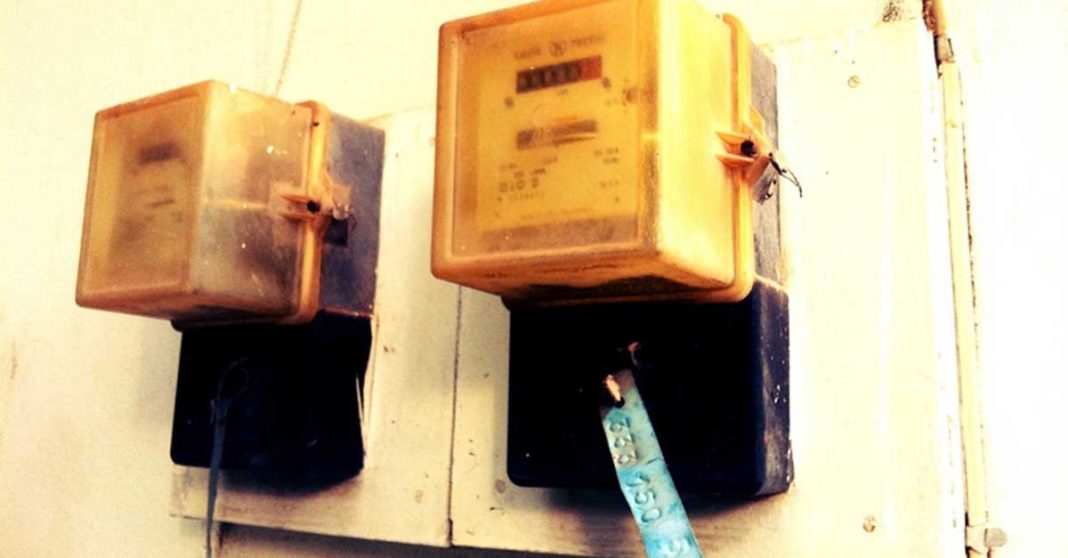Lao Prime Minister Thongloun Sisoulith has asked the Ministry of Energy and Mines to clarify the pricing structure for electricity tariffs amid widespread public complaints.
Speaking at the monthly government meeting last week, the prime minister said that the reasoning for an increase in electricity tariffs must be clearly explained and justified in order to assuage public concern.
In March, the Prime Minister’s Office accepted a proposal to increase the electricity rate incrementally from 2020 to 2025, commencing 1 May this year. Under the scheme, residential electricity rates are to gradually increase each year.
The increase in electricity rates took Lao residents by surprise amid an economic downturn due to the Covid-19 pandemic, with many turning to social media to air their complaints.
Électricité du Laos (EDL) clarified its residential electricity tariff rates on Lao National Television last week. According to a statement by Mr. Khene Thepvongsa, Head of Vientiane Capital Operations Department, Electricite du Lao, the country now has only one residential rate of LAK 710 per kWh of usage. However, the government is offering a subsidized rate to assist low-income families by providing a 50 percent discount to households that use less than 150 kWh.
Following the Covid-19 pandemic, economic growth of only 3.3 percent is forecast for Laos this year, the lowest rate in over thirty years since Laos began its market-oriented economic policy in 1986.
The government has laid out policies and measures to reduce and defer the payment of tax, customs, and other administrative fees during the coronavirus outbreak, and lowering the basic interest rate charged by the Bank of the Lao PDR.



